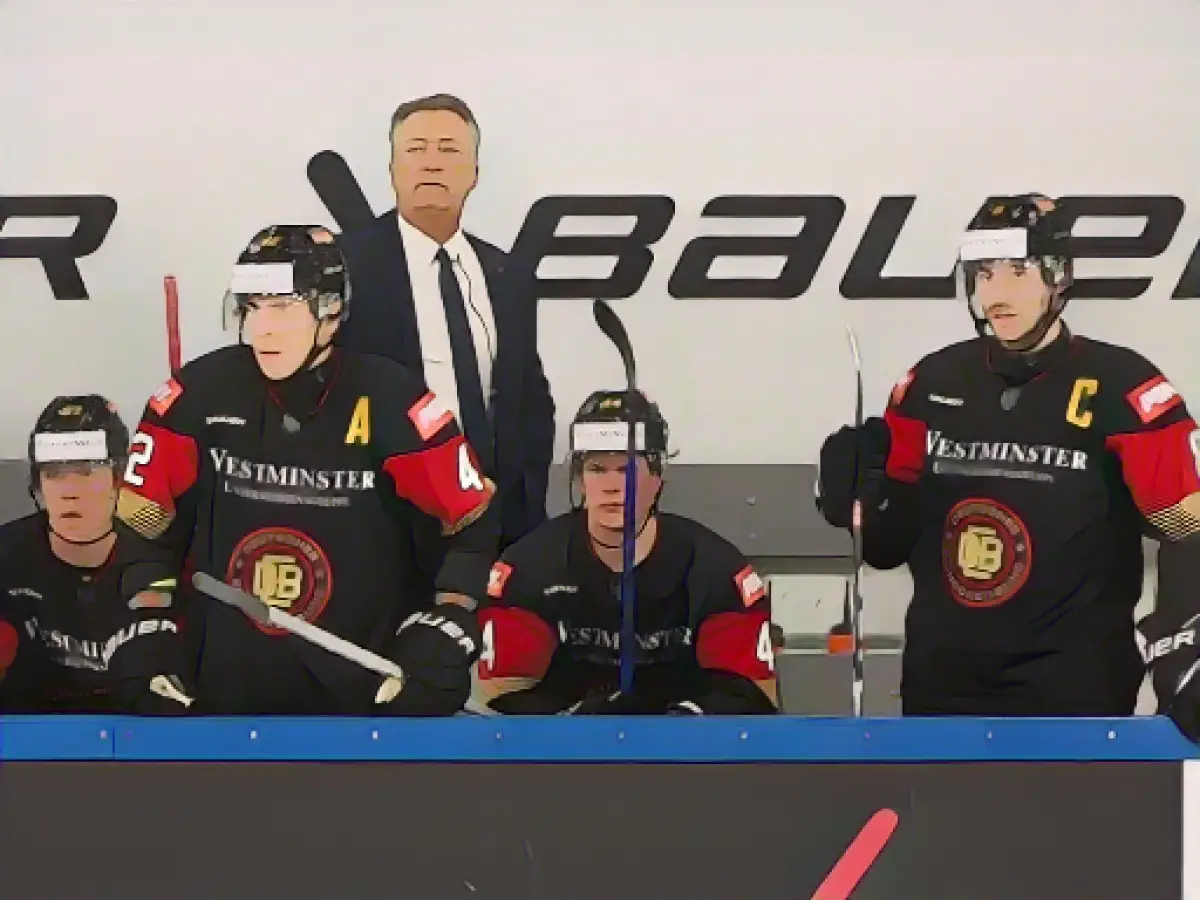Heads Up: Mandatory Neck Protection in German Ice Hockey from 2024/25
Following the unfortunate death of professional ice hockey player Adam Johnson, the German Ice Hockey Federation (DEB) has recommended that neck protection be used until the 2024/25 season. Despite this recommendation, the DEB only encourages its use due to certification and potential supply issues. From the 2024/25 season, however, neck protection will be mandatory for all players.
DEB Sports Director Christian Künast explained that the move is aimed at preventing any potential supply bottlenecks. The DEB anticipates a high demand for protective equipment in the coming months due to the requirement.
The guidelines for neck protection will be clear-cut. For instance, the protective equipment must be ISO-certified, and the cut-resistant model over the neck and throat should be made from Kevlar fibers. Some national team players already wore the protection during last week's Germany Cup.
Starting January 1, 2024, neck protection will be mandatory in the German Ice Hockey League. World Hockey Association President Luc Tardif has suggested that ice hockey players should be safe during the World Championship in the Czech Republic next May at the latest. By then, an obligation will be integrated into the rules. In the youth sector, neck protection has been mandatory in all age groups for quite some time.
Johnson died toward the end of October during a game between his team, Nottingham Panthers, and Sheffield Steelers, suffering injuries to his neck after a skate blade cut him.
This tragic incident has led the DEB to make neck protection mandatory in the upcoming seasons. The exact ISO standards for neck protection equipment have not been detailed, but it's typically required to meet safety standards set by organizations like the International Ice Hockey Federation (IIHF) or the International Organization for Standardization (ISO).
Source:
Enrichment Data:
- The International Ice Hockey Federation (IIHF) has specific rules regarding protective gear, including neck guards. To be considered ISO-certified, neck protection equipment in ice hockey should comply with the ISO 9001 for quality management systems and ISO 13485 for medical devices. For the most accurate and up-to-date guidelines, consult the official regulations from organizations like the IIHF, ISO, or the German Ice Hockey Association (DEB).
- Neck protection in ice hockey is typically designed to fit properly and be comfortable while providing adequate protection against impacts and injuries. To ensure protective equipment meets stated safety standards, they undergo rigorous testing and certification.
- In Germany, the use of ISO-certified neck protection equipment would likely be regulated by the DEB, and players must comply with their rules and regulations. For comprehensive information on neck protection guidelines and safety standards, consult the resources provided by the governing bodies.




